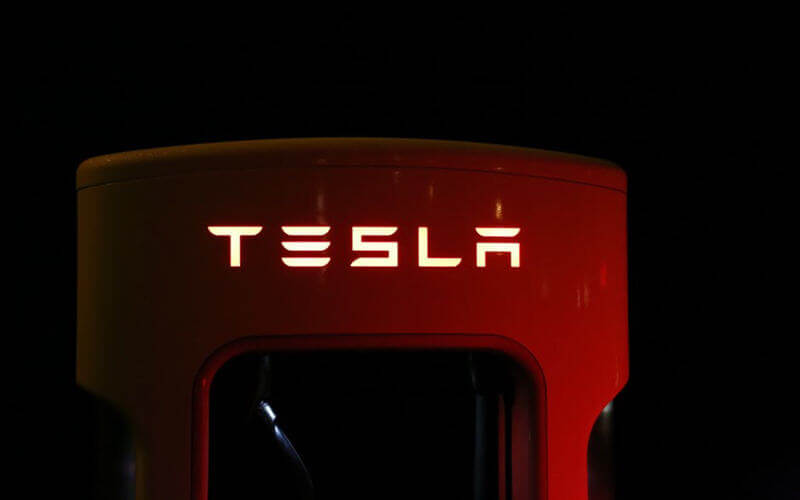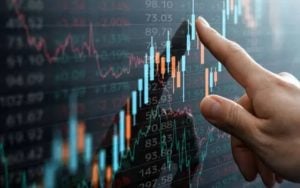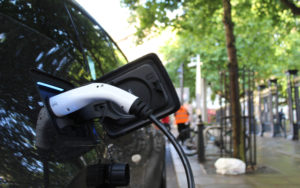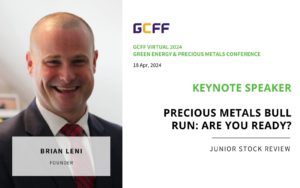Blue skies, green cars and a year of revolution for industrial metals: Andy Home

A little bit of metals history was recorded on March 29 this year.
The small Central American country of El Salvador became the first nation to ban all exploration, mining and processing of metals.
Don’t worry if you didn’t notice. El Salvador doesn’t have any operating mines. It was going to have a gold mine, but in a public debate pitting economic growth against clean water supply, water won.
Such environmental push-back against mining has become an ever more common feature of the metals industry.
But this year has marked a tipping point with China, a dominant producer of so many industrial metals, launching its own clamp-down on pollution.
Multiple supply chains from aluminium to zinc have been disrupted with largely bullish, albeit at times chaotic, price impact.
Supply-side revolution has fused with demand-side revolution as metal markets wake up to the accelerating electric car (EV)story, the “Tesla” effect spilling over from previously obscure parts of the periodic table into the base metals mainstream.
The arrival of shiny new Silicon Valley players such as Tesla and Apple to the grey old world of metals has served to reinforce the new focus on environmentally clean and ethically sound supply chains.
There is a sense of a new super-narrative being woven for industrial metals, which have been lacking a cohesive defining story line since the untimely collapse of the commodities “super-cycle” a couple of years ago.
Blue skies
“We will make our skies blue again”.
With that rallying cry at the start of China’s annual parliamentary meet in March, Beijing declared outright war on the smog that blights so many of its cities.
Nine months later and both steel and aluminium sectors in the regions around Beijing are taking mandatory capacity cuts to reduce airborne pollution in the winter heating season.
Both are heavily dependent for power on coal, which tops Beijing’s hit list of pollutants.
Sure, the exact amount of aluminium capacity that is closed remains a much-disputed talking point, any calculations befuddled by the fragility of China’s official statistics and overlap with the closure of “illegal” capacity.
But China’s crackdown on the entire aluminium production chain, from carbon anode through alumina to refined metal, is the main reason the price has traded above the $2,200-per tonne level for the first time in five years.
Even before the onset of the winter heating season, the war on smog had sent waves of inspection teams fanning out across China to check on every imaginable part of the country’s leviathan metals sector.
This is an industrial experiment on an unprecedented scale and one that is not going to end any time soon, at least not until Beijing’s promise of blue skies becomes lasting reality.
Green cars
This first green revolution, viewed from the floor of the London Metal Exchange (LME), has been all about closures and suspensions of existing production chains, whether China’s aluminum smelters or the Philippines’ nickel mines.
But a second green revolution has also reached a tipping point and this one is as directly relevant to London as to Beijing.
This has been the year the electric vehicle (EV) story burst into the mainstream.
Was it Tesla rolling out the first of its mass-market Model 3 series? Was it Norway, already an EV pioneer, announcing a complete ban on fossil-fuel based vehicles by 2025? Or was it the “dieselgate” scandal that rocked European car makers?
History will decide but the last few months have seen a deluge of ambitious EV targets from the world’s major automotive companies.
In terms of raw materials, this was a lithium story last year and become a cobalt story this year before spilling over into mainstream metals such as nickel and copper around the time of the annual London Metal Exchange week in November.
That the EV revolution has started is no longer in doubt. Forecasting how it will play out, though, is nigh impossible, given the number of imponderables at work.
Take nickel as an example.
To understand how much extra nickel demand might come from electrification of the global vehicle fleet, you’d need to start with a forecast of EV penetration over the coming years, a multidimensional calculation involving pricing, consumer preferences and government incentives and penalties.
That’s the easy part. Then you need to forecast which of many different lithium-ion battery configurations will become standard.
You’ll also need to work out what are the material implications of building out ever smarter power grids to supply all the vehicles with electricity.
And for a bit of extra fun, you could then try factoring in vehicle automation into all of the above.
You’ll probably come up with a different answer to everyone else because there are as many answers as there are analysts.
EVs will, in all probability, be good news for nickel usage in around two or three years time. Maybe sooner. Maybe later. And just how much good news is still a bit tricky to say.
Green supply chains
This second EV revolution is directly reinforcing the first.
When cobalt was a niche market for superalloys, no-one worried too much about it coming predominantly from the Democratic Republic of Congo, a country plagued by armed insurgency and “artisanal” miners, often children.
When Volkswagen, to cite just one example, is looking to buy long-term supplies of cobalt to help power its promised new range of EVs, it does care. A lot.
This new scrutiny on ethical sourcing has already reached the LME itself. Faced with questions about the nature of some of its registered stocks of cobalt, the exchange is now asking every producer of every registered brand, whatever the specific metal, about its sourcing.
A green revolution needs green supply chains.
The complex ramifications of that simple statement have only just begun to manifest themselves.
Would you, for example, be prepared to pay more for “green” low-carbon footprint aluminium over “black” higher-carbon material?
Some of the newer players seeking metallic inputs for their products would definitely pay more but what does that mean for global aluminium pricing?
The greening of the metals chain will have multiple implications for supply, demand and pricing.
Whatever 2018 holds in store for the industrial metals suite, one thing is for sure. You’re going to be hearing a lot more about blue skies, green cars and responsible sourcing.
Source: Reuters
Copper
Electric Cars
Industrial Metals
Lithium








